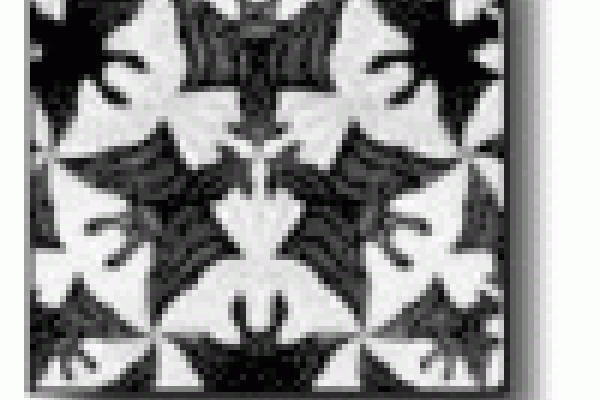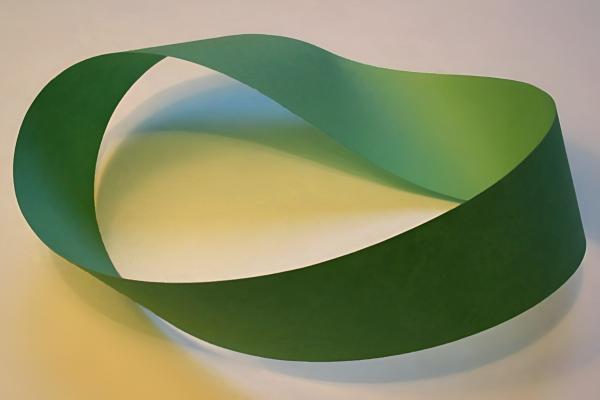Basic page
Plus Magazine
Jan 2002
This issue of Plus is a special, marking the occasion of Stephen Hawking's 60th birthday.
Tags
Taxonomy upgrade extras
This issue of Plus is a special, marking the occasion of Stephen Hawking's 60th birthday.
Have you anything to say that might be of interest to Plus readers? E-mail plus@maths.cam.ac.uk.






Set your beloved heart a-flutter with this mathematical valentine
Nobel Prizewinning Physicist Professor Gerardus 't Hooft has always been fascinated by the mathematical mysteries of nature. He tells Plus about his early life, and what our Universe might really be like.